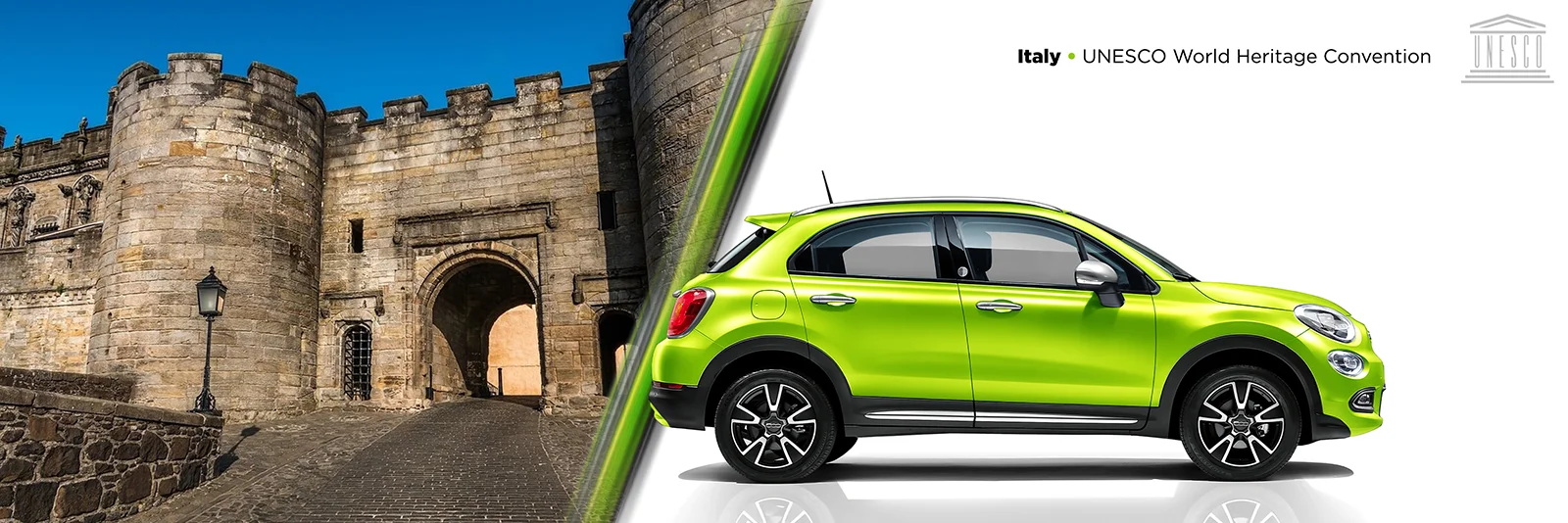IT
EN
ES
FR
IT
EN
ES
FR
Venice's expansion and prosperity were intricately tied to its ability to shield itself from potential external threats. The Serenissima Republic, with its insular and intricate layout, was constantly at risk of attacks. Hence, imposing defensive structures like earthen and masonry walls, bastions, and coastal fortifications were erected to ensure the city's security and uphold its power.
Venetian defenses were notable for combining advanced technological and architectural styles of the era. Venetian architects designed exceptional defensive works that integrated functional military elements with unparalleled architectural beauty. Utilizing local materials and a precise understanding of geographical conditions facilitated the creation of robust and enduring structures.
The famous Venetian Walls of Cittadella, city bastions like those in Bergamo, and coastal fortifications along the Adriatic coast serve as excellent examples of this fusion of functionality and architectural aesthetics. These defensive works allowed Venice to remain secure and expand its commercial and political influence, solidifying its reputation as one of the great maritime powers of the Renaissance.

The Venetian Defense Works from the 16th to the 17th century are a series of fortifications built by the Republic of Venice to protect its territories and trade routes during the peak of the Serenissima's splendor. These defensive structures, distributed across Italy, Croatia, and Montenegro, were recognized as a UNESCO World Heritage Site in 2017, highlighting their historical, architectural, and strategic value.
The Republic of Venice, one of the most influential maritime powers in the Mediterranean, developed a vast commercial empire between the 13th and 17th centuries. To protect its economic and political interests, Venice constructed a series of advanced fortifications that combined cutting-edge military techniques with high-quality architectural elements.
These defense works reflect the ingenuity and adaptability of the Venetians to new military technologies of the time, such as the use of firearms and heavy artillery. The fortifications not only protected cities and trade routes but also represented a symbol of power and prestige for the Serenissima.
The serial site "Venetian Defense Works from the 16th to the 17th century" includes six locations distributed across three countries: Italy, Croatia, and Montenegro. These sites represent the pinnacle of Venetian military architecture of the time.
Bergamo, located in the Lombardy region, is famous for its Venetian walls that encircle the upper city. These walls, built in the 16th century, are an extraordinary example of Venetian military architecture.
Peschiera del Garda, located on the southern shore of Lake Garda in Veneto, is an example of a fortified city designed according to the principles of Renaissance military architecture.
Palmanova, located in Friuli Venezia Giulia, is a star-shaped fortress city designed in the late 16th century as an ideal city and a symbol of Venetian power.
Zadar, located along the Dalmatian coast in Croatia, was an important Venetian naval base, protected by imposing fortifications that reflected the strategic importance of the city.
Šibenik, another fortified city along the Dalmatian coast, is known for its Venetian fortifications that protected the city from Ottoman attacks.
Kotor, located on the Montenegrin coast, is protected by a series of Venetian fortifications that surround the city and climb the surrounding mountains.
The Venetian Defense Works from the 16th to the 17th century represent a significant period in the history of the Republic of Venice and the Mediterranean. These fortifications testify to the engineering and architectural skills of the Venetians, who managed to integrate technological innovations with unique aesthetic design.
The Venetian fortifications are an example of how the Serenissima adapted to the political and military changes of the time, maintaining control over trade routes and protecting its domains. These sites are today symbols of Venice's ability to combine art, architecture, and military engineering in a way that continues to inspire and fascinate.
In 2017, UNESCO recognized the Venetian Defense Works from the 16th to the 17th century as a World Heritage Site, highlighting their universal value as a testament to the architecture and military strategy of the time. This recognition promotes the conservation and enhancement of these sites, ensuring the protection of their extraordinary historical and cultural riches.
The inclusion in the World Heritage list emphasizes the importance of these places as guardians of a fundamental part of European history and cultural heritage, offering a unique perspective on human adaptation to extreme environmental conditions.
Visiting the Venetian Defense Works offers a unique opportunity to explore the cultural and historical heritage of a period of maritime expansion and dominance. Each site offers a different experience, allowing visitors to immerse themselves in the history and architecture of the Venetian period.
The sites of the Venetian Defense Works are distributed in Italy, Croatia, and Montenegro, each of which is easily accessible thanks to a well-developed transport network:
To make the most of your visit to the Venetian Defense Works, here are some useful tips:
The Venetian Defense Works from the 16th to the 17th century represent a fundamental part of European history and culture, offering a fascinating journey through the heritage of a people that helped shape the face of prehistoric Europe. These sites are living testimonies of a time of adaptation and innovation, merging the past and present in a unique and unforgettable experience.
Exploring the Venetian Defense Works means immersing yourself in a cultural heritage of inestimable value, discovering the roots of a civilization that has left a lasting imprint on European history. A journey to these places is an opportunity to experience European history and culture in its splendor, admiring the architecture, art, and culture that continue to inspire generations of visitors.